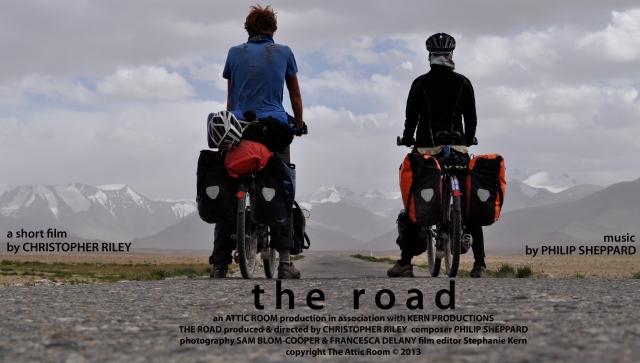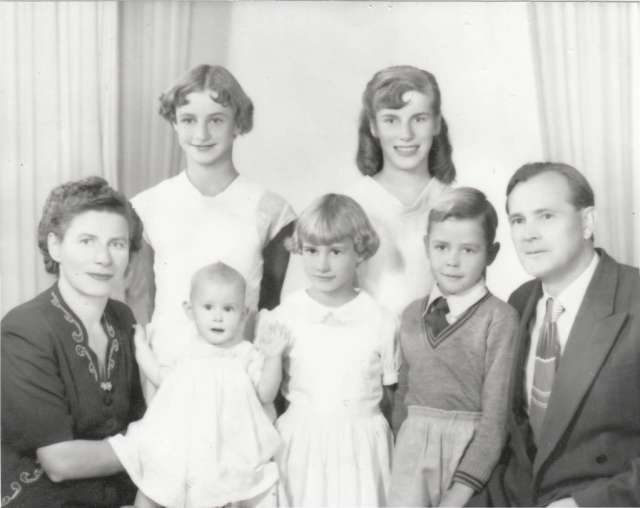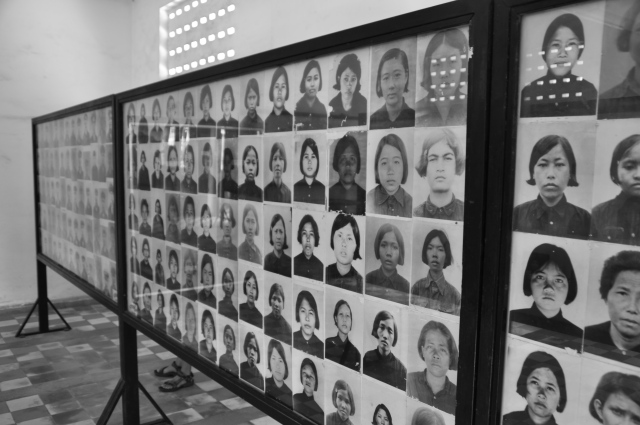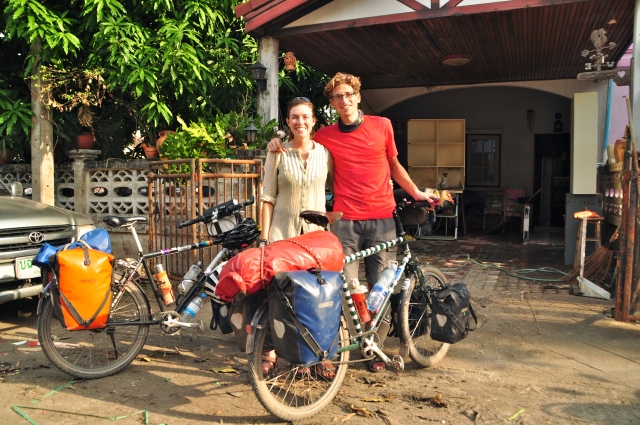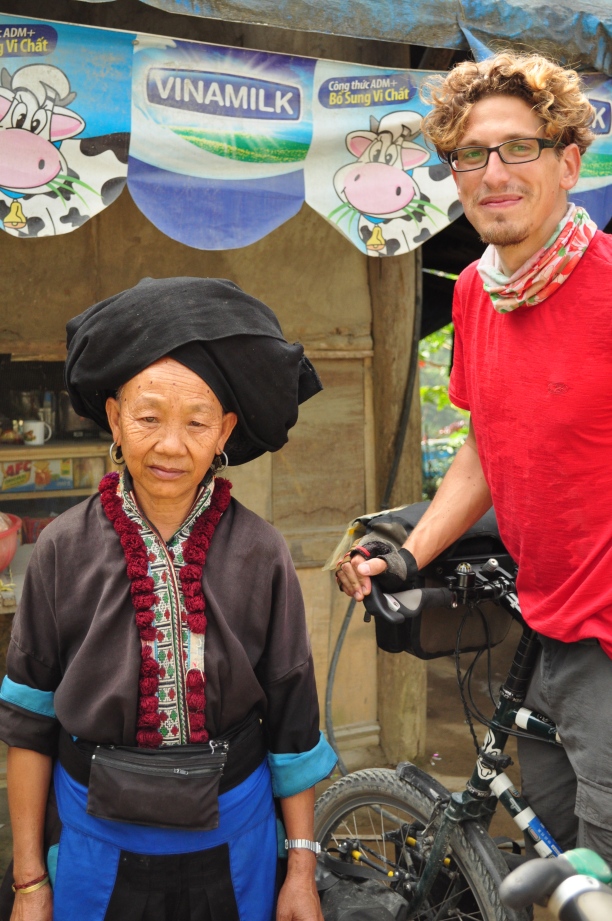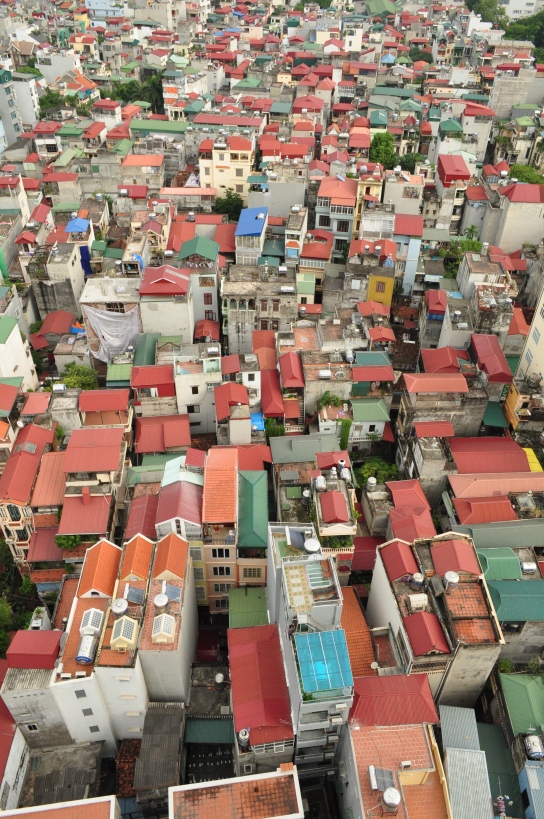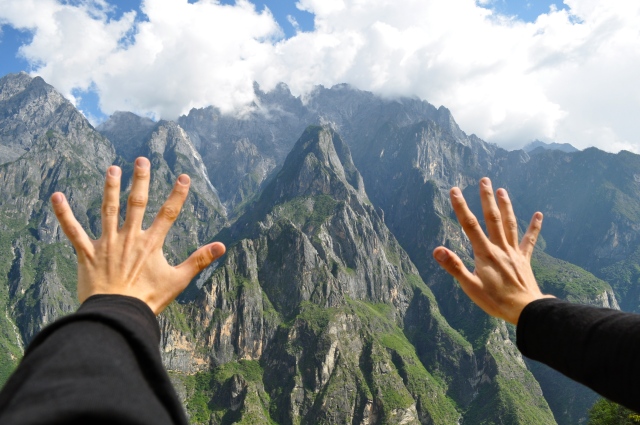We wake up in those grotty hours between 6am and 7:30am when the most cacophonously feral activity to ever grace this earth is in full swing. A pursuit that appears to form the very quintessence of what is to be Chinese. Men (most definitely), women (of all ages), and even young boys and girls (“Errrrrrrrr shinn!” …Disgusting!) on a daily basis will summon immense snorting strength to draw from the very darkest, deepest depths of their inner core (possibly even from their very souls) the foul yellowing mucus that Chinese lungs produce by the Sinotrukload. And with a symphony of gravelly, grating, honking hacks they will expectorate literally everywhere (in restaurants (a favourite), shops, living rooms, hotels, lifts etc etc). Our days in China have often taken on the feel of a shoot-out at the O.K. Corral.

Making a citizen's arrest at the O.K. Corral
One attempt by local government to combat spitting, in the build-up to the Beijing Olympics in 2008, was to introduce a 5-Yuan (~$1) fine. When one soul was caught in the act and attempted to pay her fine with a 10-Yuan note, for which the policeman did not have change, the lass in question found a simple solution to the problem, gobbing contentedly for a second time in front of the officer, and calling it quits.
We apologise for beginning this blog with such grotesque detail of quotidian life here but we just felt we really needed to get it off our chests. Sorry. It’s also somewhat unfair on Sichuan that such a grumble appears here, given how much we have loved being in this particularly stunning province of China. Be under no illusion that this phlegming phenomena is unique to Sichuan. The Gobbers of Gansu and Yakkers of Yunnan are right up on the pantheon too.

Just like a prayer (flag), you know I'll take you there
But amid this grim cascade of flying phlegm we have made our way most joyfully through a truly beautiful part of the world. And a big part too, fully justifying a weighty blog entry given that we spent more than 3 weeks pedalling up and down (and up and down) seriously steep and very high peaks.
And while we are in repentant mood, we must apologise too for what now seems like somewhat breathless and over-enthusiastic hyperbole regarding our pedalling feats in the Pamirs. (see here for modestly over-the-top commentary). Let’s not belittle what was undoubtedly hard cycling there but Sichuan trumps those Central Asian highways with a topography like the spiky spine of an enormous dragon. Add to the equation the fact that the aforementioned beast arcs its back, stands high on its toes, and does all this while on top of the roof of the world, otherwise known as the Tibetan plateau, (which encompasses most of western Sichuan) and you get the picture.

Sky scraper
Through much of Sichuan we really did scrape around for oxygen molecules at numerous mountain passes that regularly elbowed 5,000m. When we now look back at our commentary on “gulping for air” in the Pamirs we feel a little like the children that cried “Wolf” or “Dragon”.
But it hasn’t all been super high peaks. There have been super high grasslands too. With their mega-colonies of stalking honey-bees that can sniff Sam out from 40km away and head straight for his ever-expanding “hair-hive”. But we should start with JiuZhaiGou (Nine Villages Valley), the poster pin-up of Chinese nature tourism. If Great Walls, Terracotta Armies or Forbidden Cities are all a little too man-made for you, then you go here. Along with the largest scrum of Chinese tourists you ever did see……………(at least since you went to the Great Wall, we imagine).

His and Hers walking in a Willy Wonka Wonderland
And we see why more than 2 million Chinese head to this gem in the north-eastern corner of Sichuan each year. It’s just so damn beautiful, just how Willy Wonka would have designed a Nature Park if given the chance. Crazy colours, absurdly wonderful lakes, waterfalls, mountains and trees and all spread over 50km of tumbling ravines. We swear we have not photo-shopped any of the images.
And this paradise would have been hell if we had not been able to escape the teeming trillions who arrived in the fog and left in the embracing early autumn sunshine. But we managed it. The thing is, we are not very good at reading “No Entry” signs in Chinese, and both Sam’s and Francesca’s cycling limbs hop over “No Entry” barriers ever so easily. And a little bit of heaven unfolded itself to us. For four glorious hours we ambled along old hiking trails, (probably deemed a little unsafe for the massing masses), down cascading streams, until finally we re-emerged into the crowds and were swallowed up by all the obscene surrounding Han commercialism, rubbing its Giant Panda memorabilia paws greedily, just beyond the visitors centre.

Playground Bullies
Back on the bikes, the roads swept us south-westward through the wet grasslands of the north, their vast plateaus of jade with happy yaks everywhere grazing like it was going out of fashion, unfazed by us whirring past, and of course the ever-testy bees angrily chasing Sam. As the kilometres came and went beneath us the distant hills began to rise and close in above us like playground bullies, until we were finally racing alongside plummeting rivers and dwarfed by those infamous turreted karst peaks that loomed overhead through the hunching mists. Have another look at the images on the sides of your faux (or not!) Ming vases, that hold your old brollies and walking sticks, and you can understand what an inspiration Sichuan has been throughout the ages for Chinese painters and poets alike.

Jiu-Zhai-Flow
And the people. Little mention yet of the folk who populate this province of the Four Rivers (“Si Chuan”), all of which drip mightily off the Tibetan Plateau and water (and feed) much of eastern China. For any path through the western half of this province (the biggest in China if you discount the “Autonomous Regions”), will swamp you with all things Tibetan. For days on end we rolled on through their villages and towns in the sunshine, and then through the incessant rains (so much of it, we again understand the envy hue of this region).

Every Tibetan has an opinion on just how lost we are
Unlike Tibet itself, where a £500 per tourist permit fee is required to enter and be guided around by a Chinese official tour operator, journeying through the Tibetan parts of western Sichuan incur no such constraints. But numerous police checkpoints on the roads often blocked our path. Particularly, when we strayed too close to the Tibetan border and to towns, such as Aba, where monks are increasingly self-immolating in protest at Chinese rule.
From what we were able to see from our saddles, however, the repression and ill treatment that Tibetans suffer at the hands of the Chinese central government within Tibet itself, appears to be toned down for the majority of western Sichuanese Tibetans. Prosperous communities filled with mini-castles and healthy-wealthy contented locals tending unmolested to bumper crops of barley and corn. We would be keen to hear evidence to the contrary, but we reckon that Chinese authorities are striving (and have been for some time) to integrate (through subsidy or otherwise) these communities into the greater Chinese family and dilute feelings of antipathy to Beijing rule and any strong sense of solidarity to brothers and sisters still residing within Tibet.

This Charming Man
Beijing rule is engaged in a bizarre balancing exercise with, on the one hand, a strong urge to homogenise this behemoth nation pitted against, on the other hand, the desire to preserve regional particularities to maximise tourism revenues. We suspect that the pockets of depressingly disneyfied Tibet that we have also passed through, and which tally with the tales we have heard of how grimly commercialised Lhasa has become, is one of the disheartening consequences.
Between the Tibetan communities themselves, however, we have been transfixed by the ever-changing clothing and architecture that we have observed as we have hopped from one valley over to the next. Nature’s natural barriers have so effectively separated villages and towns that even language can vary significantly within the space of a few dozen kilometres. Yet the beaming smiles and multiple thumbs-ups, as we have toiled up their hills and zoomed down their dales, always remained constant.

People say we're monkeying around......
One town in particular, Danba, deserves a mention not least for its fabulously pretty surrounding villages that recently earned themselves the title of “China’s most beautiful village”, according to China’s National Geographic. This is some accomplishment if you begin to tot up just how many villages there are in China. And National Geographic may well be right too. Set in an impossibly steep-sided confluence of three valleys, Tibetan homes speckle the hillsides where the laws of physics allow, and are interspersed with curious and aged watch-towers that sprout heavenward, ostensibly as a mediaeval form of protection but ‘latterly’ as symbols of wealth and prestige. Whatever their raison d’être, they look pretty cool against a backdrop of imposing peaks.

All along the watch towers....
Despite all its treats, Sichuan saved its real cycling pleasures until the very end of our time there. Our last 6 days of exertion took us from the no-nonsense crossroads valley town of Litang, (on the massively-under-construction (G318) Sichuan-Tibet Highway), which houses Tibetan gompas and the odd Momo (steamed dumpling) bar, to Zhongdian in Yunnan Province (now cynically renamed “Shangri-La” – Tibetan Paradise – to bring in the tourists).
The route lifted us, slowly and dustily at times, over gloriously isolated and desolate mountain passes with only flapping Tibetan prayer flags for company and with distant white peaks hinting at the even greater heights of Tibet itself. Despite warm days, night-time temperatures brought a veil of ice to our tent when we camped atop one high pass. This lovely and lonely route out of the mountains of Sichuan and into the mountains of Yunnan also gifted us with one final mighty 40km downhill stretch, on smooth-as-a-baby’s-bum-asphalt, and we smiled and laughed all the way down, gleefully cocktailing levity with gravity.

Falling off our bikes again
Before we leave the subject of Sichuan we cannot sign off without doffing of our cycle helmets to the eponymous hero of this blog: Spiky, or really, Spicy Sichuan. For to get up all these mountains an odycyclist needs rocket fuel by the barrel-load. And we found it in the form of those riotously rocket-red chillies that are as synonymous with Sichuan, as say, Four Rivers. At first we feared. But it wasn’t long before we were querying their absence, even at breakfast time.

Little Rockets
It has been some time since we last posted and we place the blame squarely on having incurred the wrath of all 70,000 Chinese censors by taunting them about their failure to block us. Well, they won. They obviously read our minds and knew that we would write about the recently proposed 6 months detention by police of any suspect without the requirement of informing families or legal representatives, those self-immolating monks in Aba, and all the Tibetans that we met who extolled the virtues of the Dalai Lama. Apparently, all is well if you tow the line.
As ever we have tried, when possible, to upload our latest snaps from life on the road. They can be found here. We have also updated our route map, which is here.
The final piece of business is to announce the grand winner of the All-Star Caption Contest and it goes to Mr Phil Barber. But in an unprecedented move by our panel of illustrious judges Mr Barber, of the United States of America, is to be stripped of his prize and it is to be awarded to his four daughters, Inez, Alice, Simone and Nora, as we suspect they were the real source of the caption. Shame on you, Phil.

He’s strong to the finish cause he eats his barley and rancid butter, he’s Po Pai the sailor man (toot, toot).

